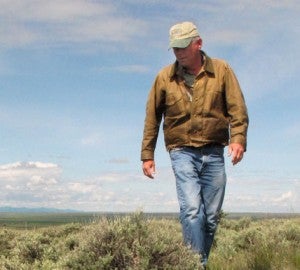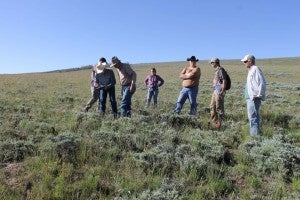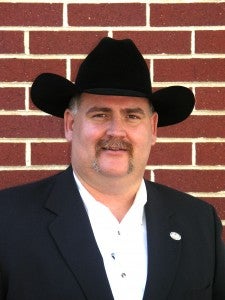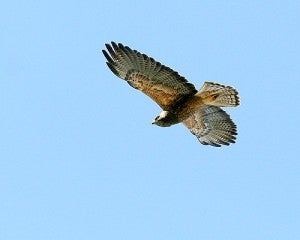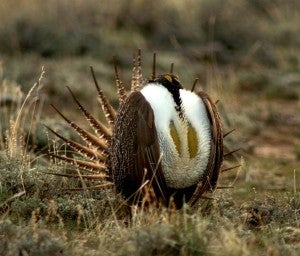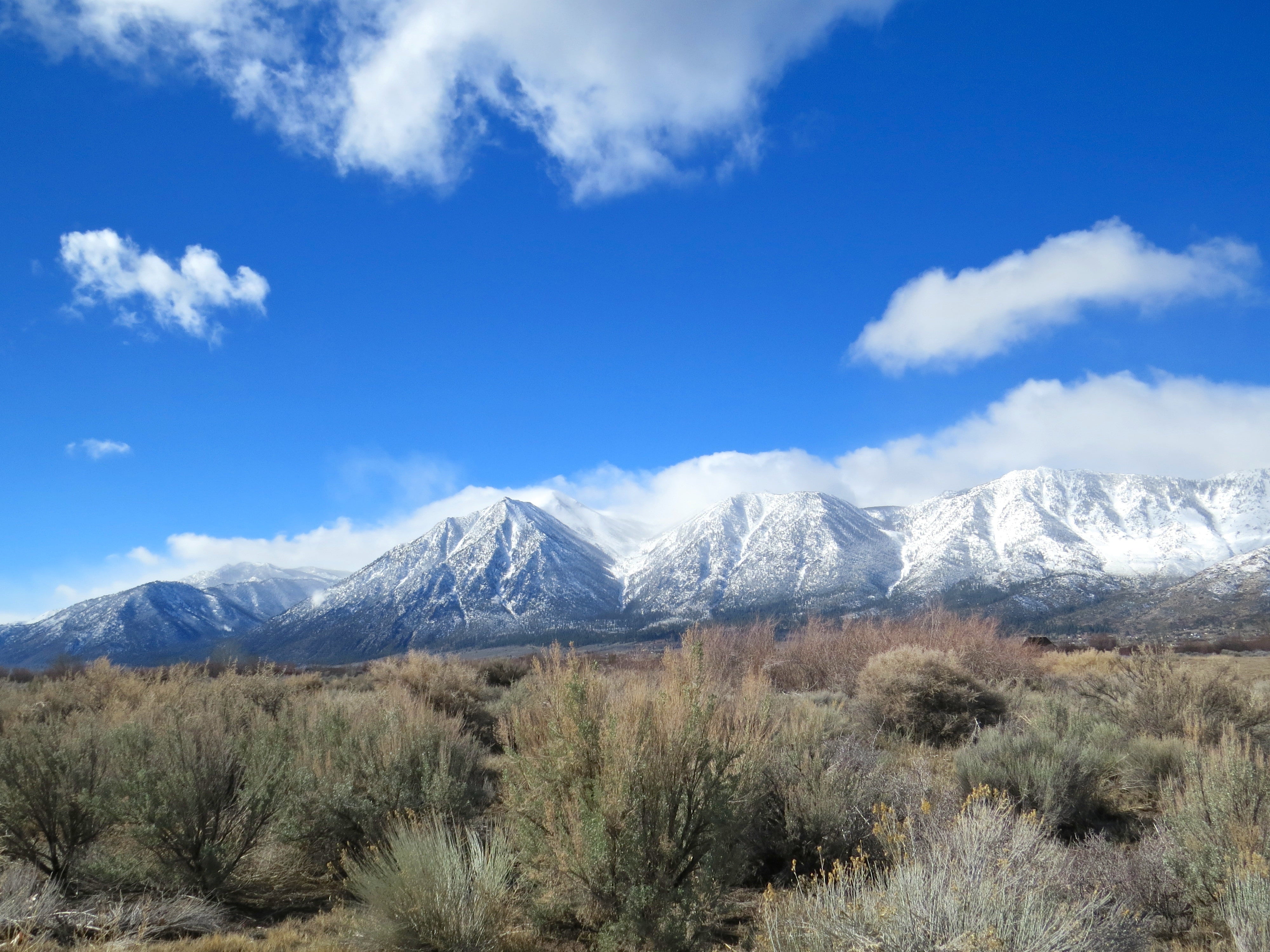
Sagebrush in Carson Valley, Nevada. Photo credit: Flickr user loren chipman.
I trace my love of the outdoors to two memories: the first, sitting with my grandmother watching the goldfinches, chickadees and wrens that visited her feeder, and the second, camping in Pisgah National Forest with my parents and sister.
Days spent with my grandmother in our small South Carolina town left an indelible mark on my life. She taught me a conservation ethic that led me to Environmental Defense Fund (EDF). Camping taught me a love of the land and a respect for those that manage it.
As director of habitat markets, I’m focused on building conservation solutions for wildlife like the greater sage-grouse, a bird that lives more than 2,000 miles from my home in a landscape unlike any of the forests or farms I grew up exploring.
The sage-grouse is an indicator species of a vast declining ecosystem spanning more than 150 million acres across 11 states. The grouse relies on the cover of sagebrush – one of the most iconic symbols of the western landscape.
Because EDF puts a premium on policy, science and collaboration with diverse stakeholders, we’ve been working with landowners, industry, and state and federal agencies to create a habitat exchange program to better ensure the bird’s survival. Common values make this collaboration possible. Read More »
 As populations in Colorado and the West continue to grow, water is moving from farms to cities. The current practice of “buy and dry” in Colorado – buying farmland only for its water – is bad for farmers, bad for rural communities and bad for critical ecosystems across the state.
As populations in Colorado and the West continue to grow, water is moving from farms to cities. The current practice of “buy and dry” in Colorado – buying farmland only for its water – is bad for farmers, bad for rural communities and bad for critical ecosystems across the state.










